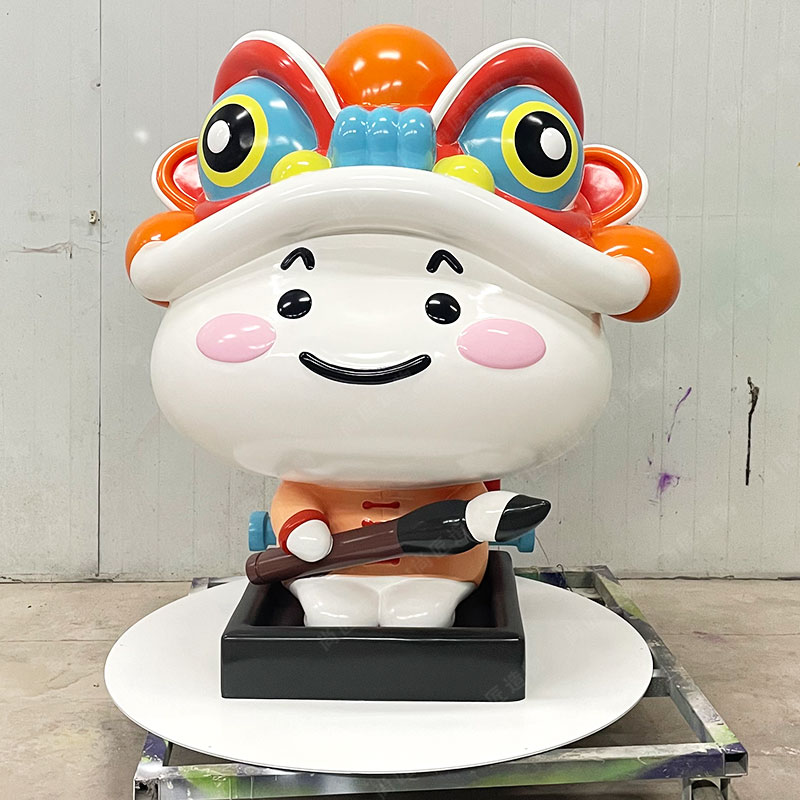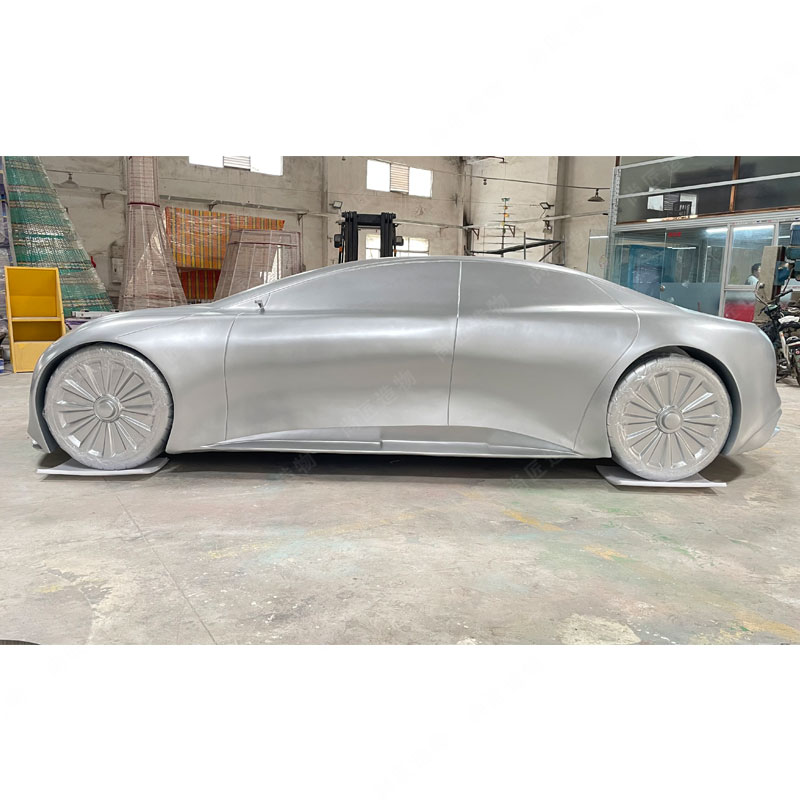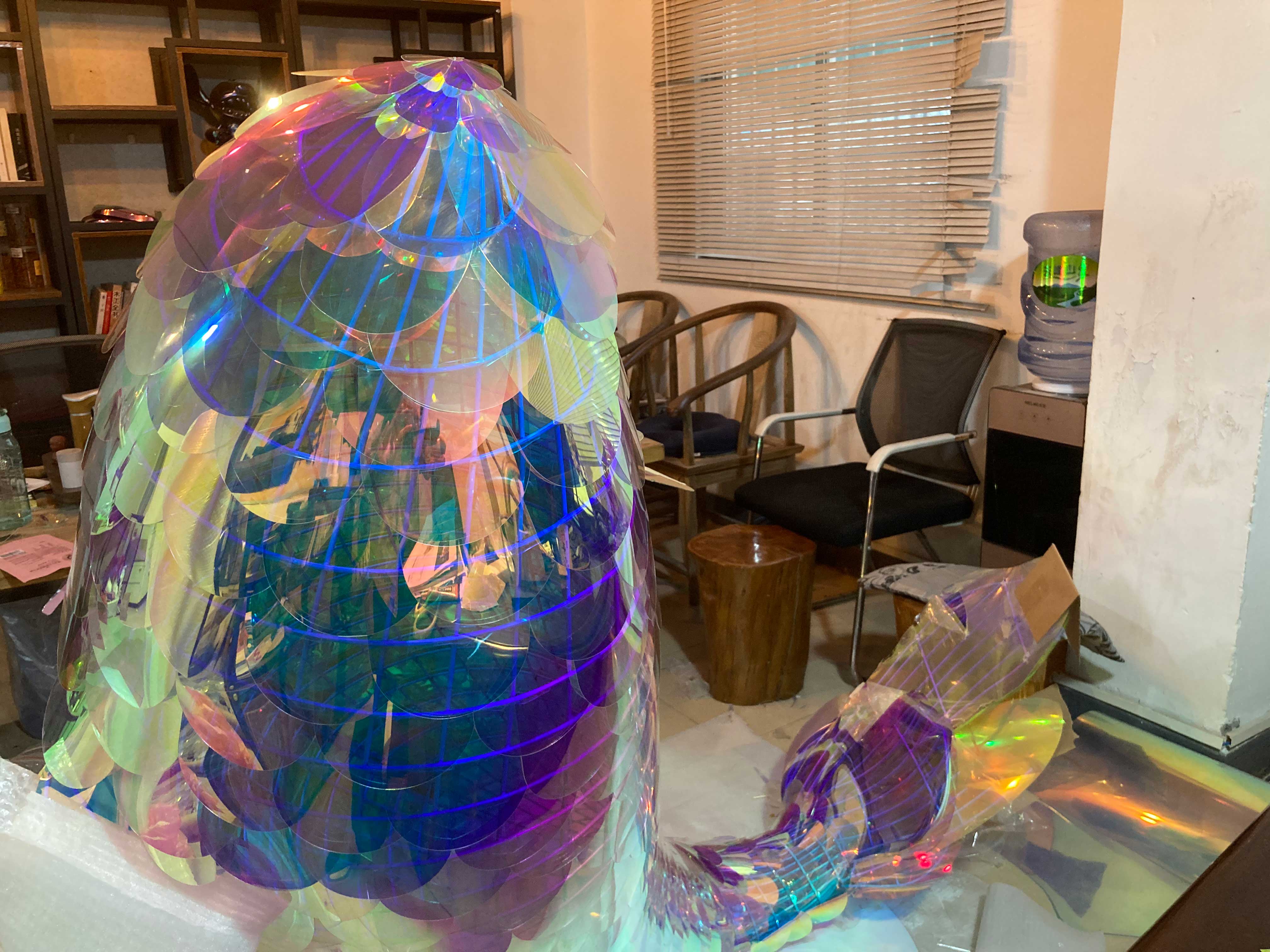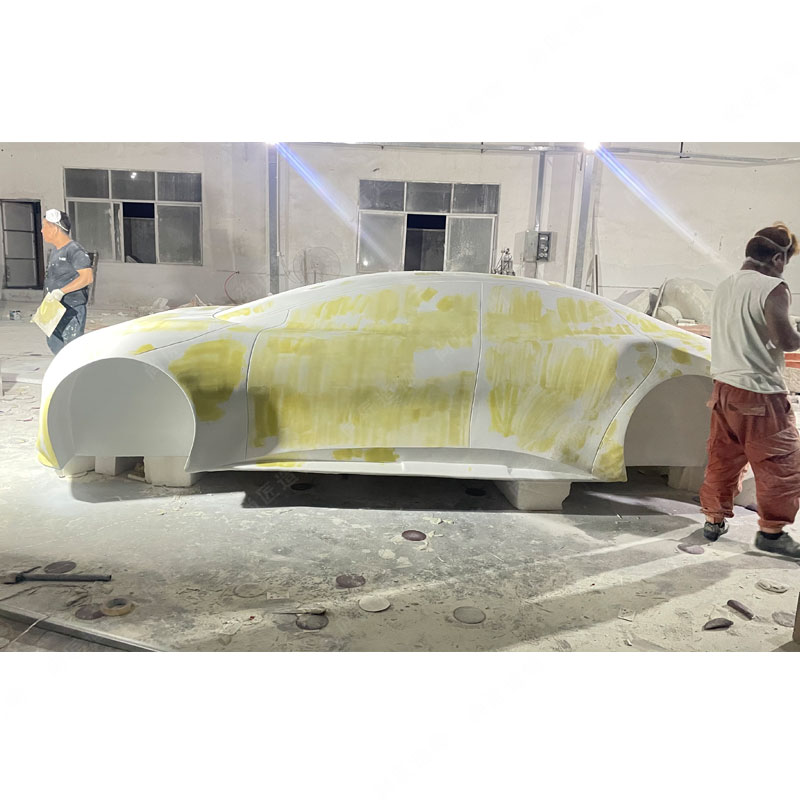Navigating copyright risks in merchandise-inspired public art requires a clear understanding of legal boundaries and creative principles. Artists should strive for originality in their character sculptures, ensuring that their works are distinguishable from the source material. It’s crucial to conduct thorough research on existing trademarks and copyrights to identify elements that are permissible to use. Furthermore, artists should consider obtaining permissions or licenses where necessary to reduce legal risks. Engaging in open communication with legal experts provides valuable insights into navigating the complexities of intellectual property laws. By balancing creativity and compliance, artists can create works that resonate with audiences while respecting existing rights.
Understanding Copyright Laws for Merchandise-Inspired Sculptures
When creating sculptures inspired by merchandise, it's essential to grasp the fundamentals of copyright law. Copyright protects original works of authorship, allowing the creator exclusive rights to reproduction, distribution, and public display. While you might draw inspiration from popular products or characters, merely copying them can lead to legal complications. Understanding where to draw the line is vital.
"The boundary between inspiration and infringement can be thin; it’s crucial to innovate rather than imitate."
For example, using shapes or themes that are widely associated with trademarked items can potentially cause disputes. When incorporating recognizable elements into your art, consider how they relate to originality and expressiveness. As you navigate legal waters, consult with a legal expert versed in intellectual property rights to safeguard your work while maximizing creativity. Make sure your sculptures reflect unique interpretations that respect existing copyrights and trademarks.
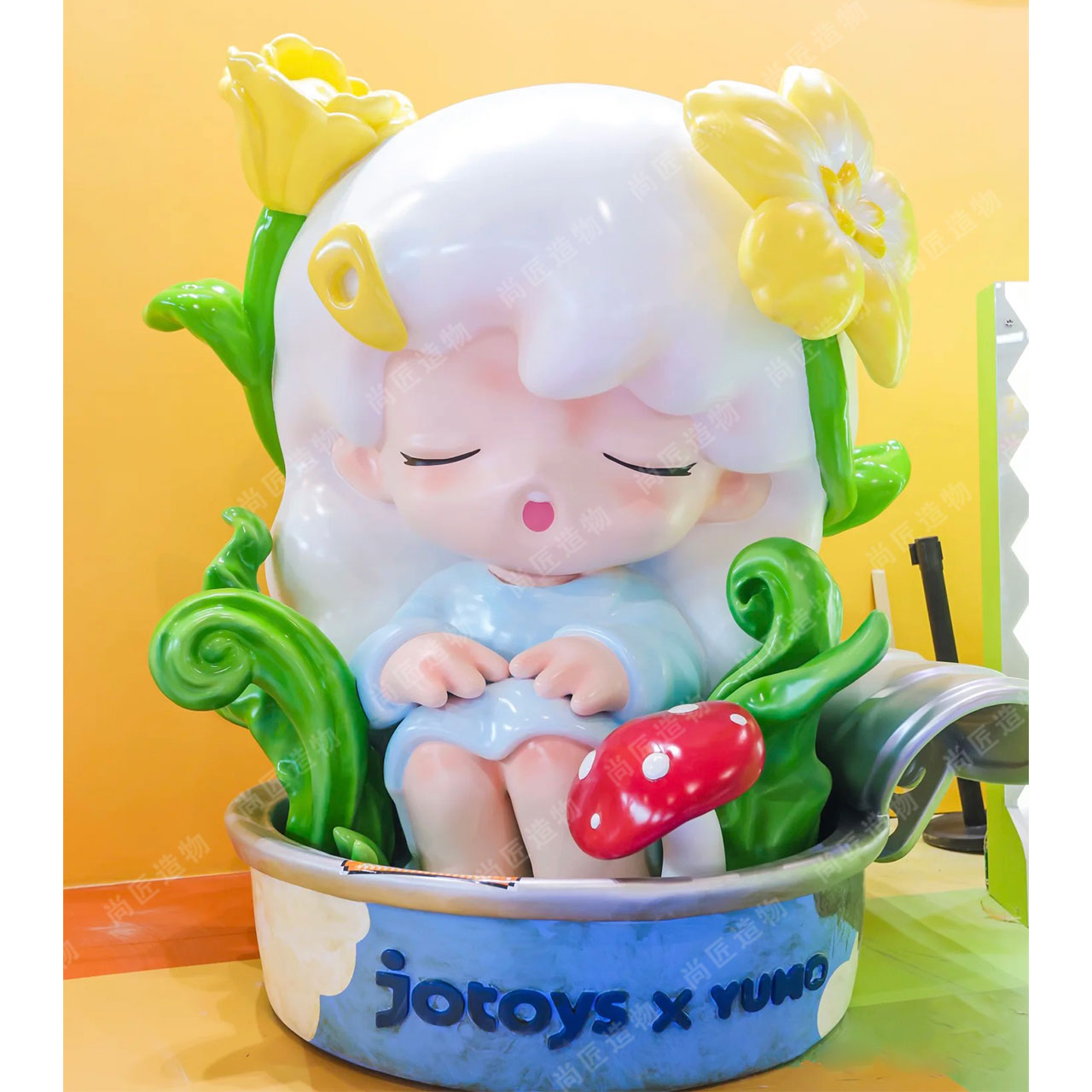
Key Considerations for Creating IP Character Art
When creating IP character art inspired by merchandise, it’s essential to recognize the boundaries set by copyright laws. First, investigate whether the merchandise is protected under intellectual property law. This involves checking if the designs, logos, or characters are trademarked or copyrighted. Engaging with legal professionals can provide clarity on what’s permissible.
Next, pay attention to originality in your artwork. While it's acceptable to draw inspiration from existing merchandise, ensure that your character sculptures embody a unique interpretation that sets them apart. Maintaining a balance between homage and originality helps in mitigating copyright risks.
Additionally, consider including works that are in the public domain or utilizing transformative elements in your art, which can bolster defenses against legal challenges. As you navigate these complexities, a diverse understanding of Kinetic sculptureand other artistic forms can inspire innovation while respecting property rights. This awareness reinforces both creativity and compliance in public art projects.
Balancing Creativity and Compliance in Public Art
Creating IP character sculptures inspired by merchandise requires a careful balance between artistic expression and legal compliance. Artists must understand that while they can draw inspiration from existing merchandise, they need to navigate the complexities of copyright laws to avoid potential legal pitfalls. This involves researching trademarks, copyrights, and designing characters that are unique enough to differ from the original merchandise.
Being aware of the guidelines outlined in copyright law helps in distinguishing between inspiration and infringement. For example, artists can incorporate general themes or styles without directly replicating specific elements from the original items. Adhering to this balance not only minimizes risks but also promotes innovative expressions that resonate with broader audiences.
In addition, collaborating with legal experts who specialize in intellectual property can provide valuable insights into what constitutes fair use within public art. This combination of creativity and compliance allows artists to engage with the audience while maintaining respect for existing intellectual properties, ultimately enriching the public art landscape.
| Key Considerations | Description |
|---|---|
| Understanding Copyright Laws | Know your rights and restrictions on IP usage |
| Ensuring Originality | Create distinctive elements in your artwork |
| Consulting Legal Experts | Seek advice on navigating IP law |
| Promoting Artistic Expression | Balance legality with creative freedom |
For further insights on creating visually compelling artworks, consider exploring Realistic sculpture.
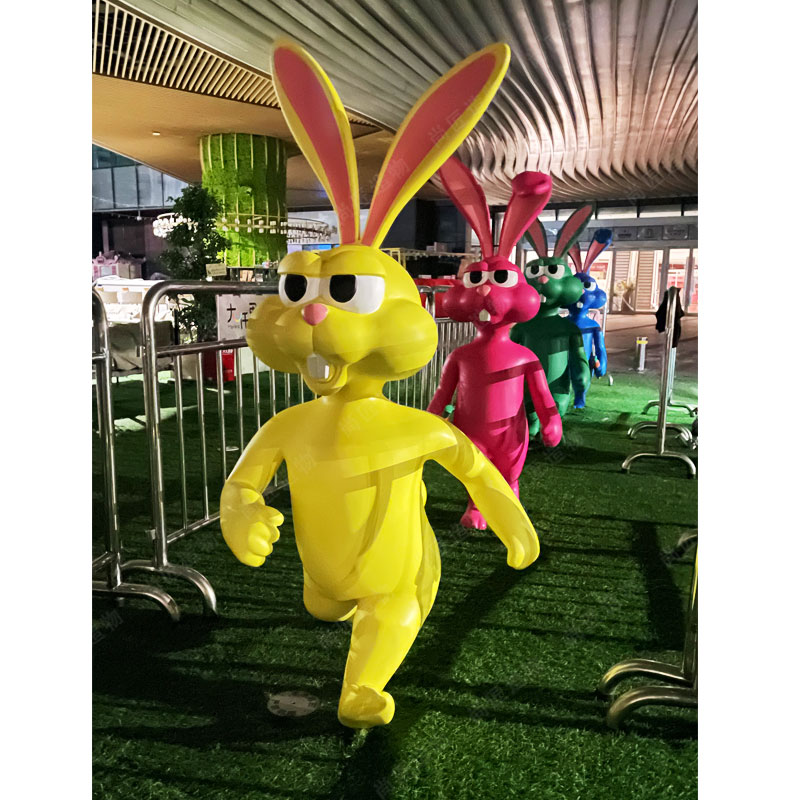
Legal Challenges in Artwork Inspired by Merchandise
Creating sculptures inspired by merchandise raises several legal challenges, particularly regarding copyright. These challenges often stem from the potential use of trademarked images or likenesses in artwork. When artists use recognizable characters, logos, or designs, they risk infringing on intellectual property rights. It is crucial for artists to conduct thorough research and seek permissions when necessary. Additionally, navigating the nuances of fair use can be complex; what may be deemed transformative can vary by jurisdiction. Understanding the distinction between inspiration and infringement is vital to avoid legal troubles. Sculptors should consult with legal professionals to clarify copyright laws that pertain to their work, ensuring compliance while fostering creativity. This careful approach can also protect the artist's rights in their public art projects while embracing the influence of merchandise on creative expression.
Navigating Copyright Risks in Character Sculpture Creation
Understanding the copyright implications of creating character sculptures inspired by merchandise is essential for artists and creators. When designing these works, it's crucial to differentiate between inspiration and infringement. Using existing characters or logos without permission can lead to legal issues. To mitigate risks, consider obtaining licenses or permissions from copyright holders when possible. Additionally, adding your unique twist or innovative elements can help transform an inspired piece into an original work. Keep in mind that fair use can sometimes apply, but its complexities require careful navigation. Artists should also document their creative process to demonstrate originality and intent. For those interested in exploring character sculptures further, resources like Cartoon sculpturecan provide valuable context and insights on public art inspired by merchandise.
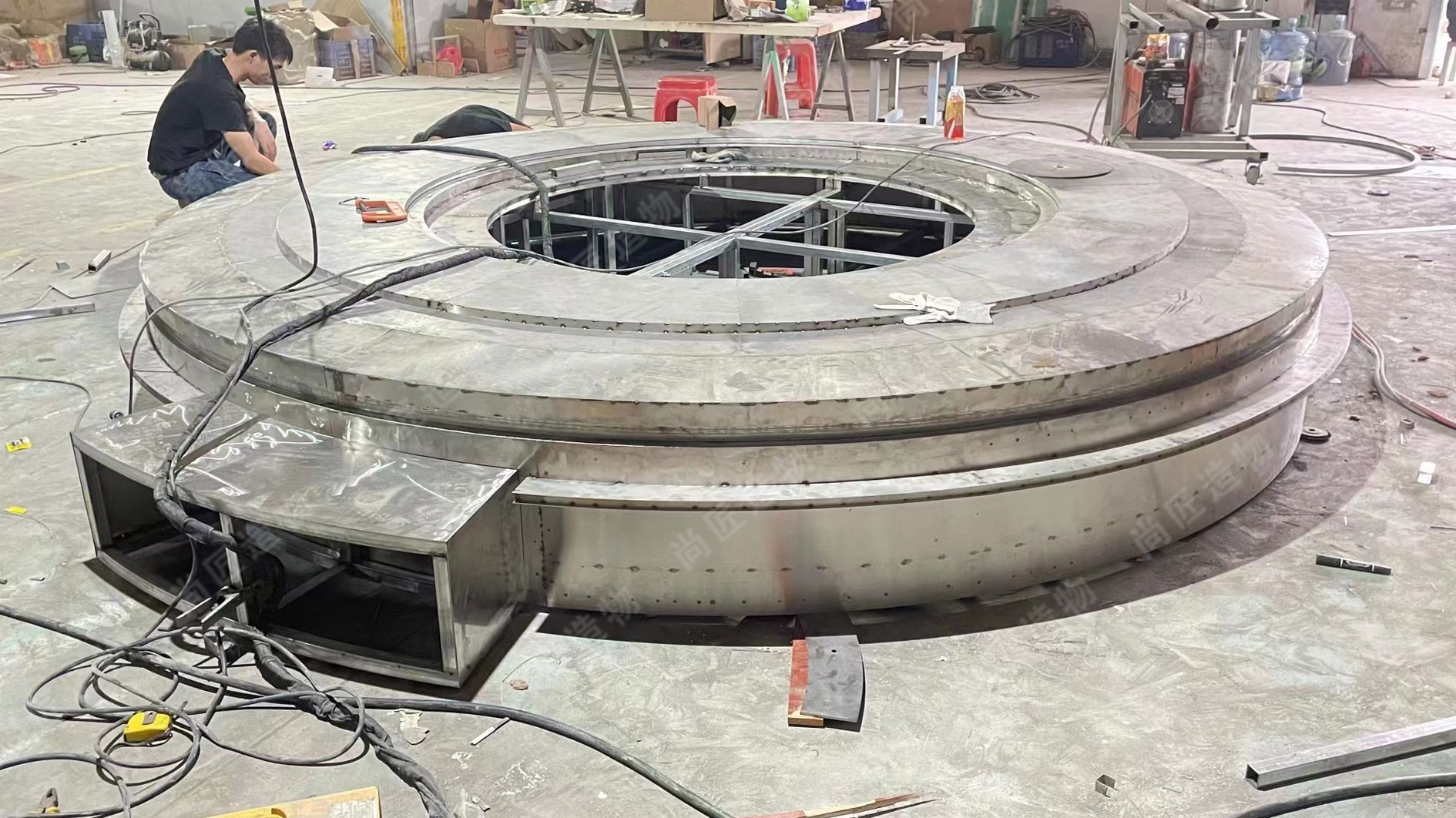
Best Practices for Merchandising Influence in Public Art
When creating public art inspired by merchandise, it’s essential to strike a balance between artistic expression and respect for intellectual property rights. One of the best practices is to conduct thorough research on any existing copyrights or trademarks related to the merchandise you wish to draw inspiration from. Furthermore, collaborating with original creators or obtaining permission can enhance legitimacy and foster goodwill. It’s also beneficial to incorporate unique, transformative elements that differentiate your work from the source material, thus reducing potential legal issues. Engaging with legal experts can provide invaluable insights into copyright laws and help navigate any complexities that arise during the creation process. Adopting these practices ensures that your public art installation remains creative while minimizing copyright risks associated with IP character sculpture.
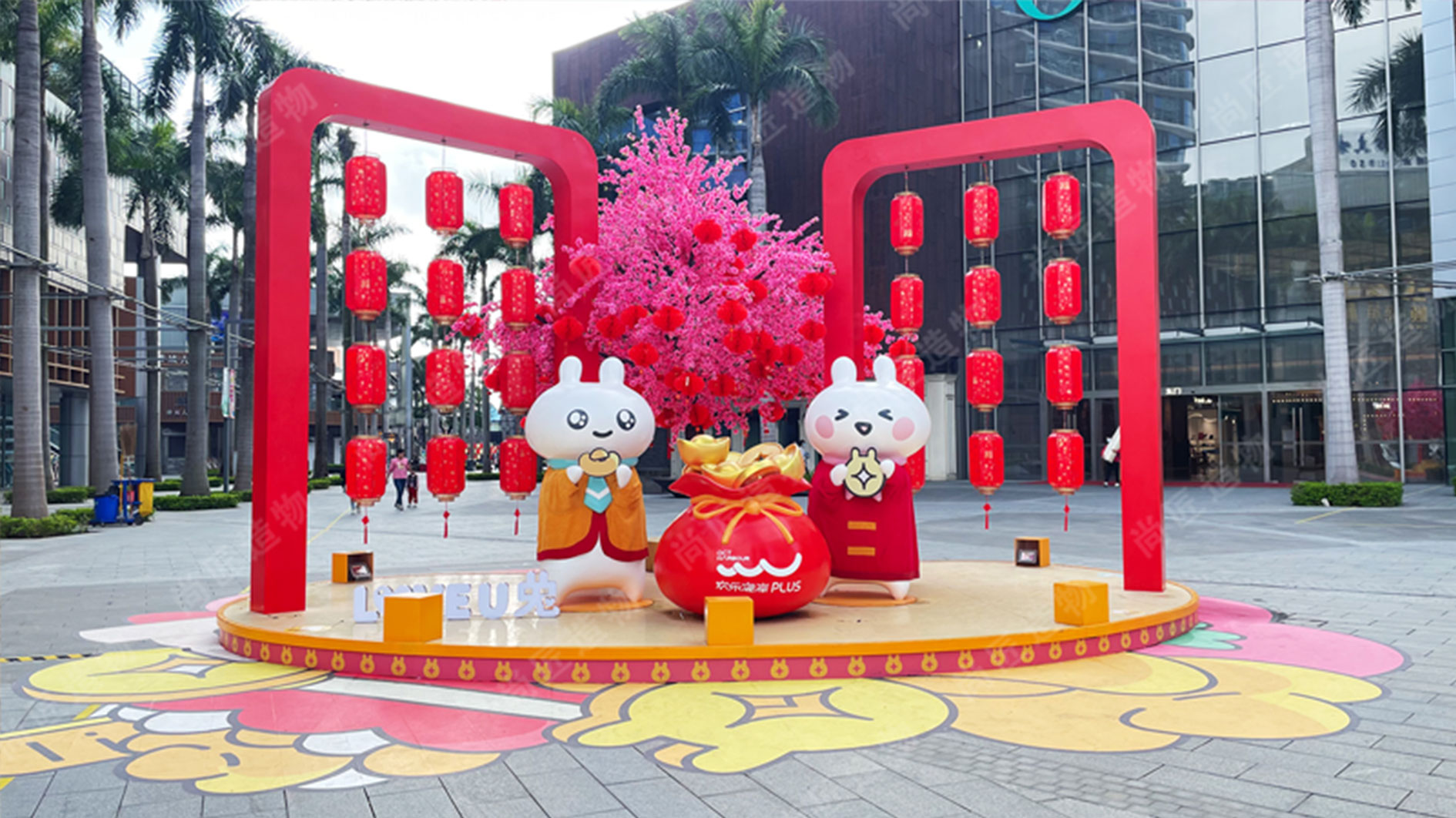
Innovative Approaches to Merchandise-Based Sculptures
Creating merchandise-inspired public art invites diverse and innovative approaches. Artists are increasingly using unconventional materials and techniques to reflect the essence of commercial products while adding artistic value. For instance, the integration of Fiberglass sculpturesallows for dynamic forms that capture attention and resonate with audiences. These materials can be molded into unique designs that echo brand themes or product shapes, offering a new layer of meaning. Additionally, artists can incorporate interactive elements, like augmented reality apps, which enhance viewer engagement and bridge the gap between art and commerce. This blend fosters a dialogue about consumer culture while navigating the complex landscape of copyright laws and intellectual property rights in public art. Exploring these avenues not only drives creativity but also encourages compliance within legal frameworks.
Legal Frameworks for IP Rights in Artistic Creations
Understanding the legal frameworks governing intellectual property (IP) rights is crucial for artists creating merchandise-inspired sculptures. Copyright laws protect the expression of ideas, not the ideas themselves, meaning that artists must navigate a fine line. When designing characters or images inspired by existing merchandise, creators should consider how much influence the original works have on their creations. Fair use doctrine can provide some leeway under specific circumstances, such as commentary or parody, but these exceptions can be risky and subjective. It is essential for artists to obtain permission from IP owners when necessary and to recognize that trademark protections apply to logos and brand identifiers, which may complicate artistic expression. By being aware of these legal principles, artists can better navigate potential copyright risks while still delivering innovative public art pieces.
Conclusion
Successfully navigating copyright risks when creating IP character sculptures inspired by merchandise requires a comprehensive understanding of both creativity and legal boundaries. Artists must remain aware of the fine line between inspiration and infringement while incorporating unique elements into their work. By conducting thorough research on existing trademarks and engaging with legal professionals, creators can better protect their artistic endeavors. Emphasizing originality, artists can craft sculptures that resonate with audiences while respecting intellectual property rights. This balanced approach not only enhances compliance but also enriches the landscape of public art, paving the way for innovative expressions that reflect the complexities of consumer culture.
FAQs
What should I consider before creating merchandise-inspired sculptures?
Before creating sculptures, research the copyright and trademark protections of the merchandise. Understand what elements you can use and how to make your work original.
How can I ensure my artwork doesn’t infringe on copyrights?
Focus on creating unique interpretations of existing characters or products. Avoid directly copying specific designs or logos.
Is it necessary to seek legal advice?
Yes, consulting with a legal professional knowledgeable in intellectual property can help clarify your rights and limitations when creating art.
What are transformative elements in art?
Transformative elements are additions or changes that significantly alter the original concept, making it more original and potentially avoiding copyright issues.
Can fair use apply to my sculptures inspired by merchandise?
Fair use may apply under certain conditions, but it is complex and subjective. Always seek clarification on how fair use applies to your specific work.
 ch
ch English
English

